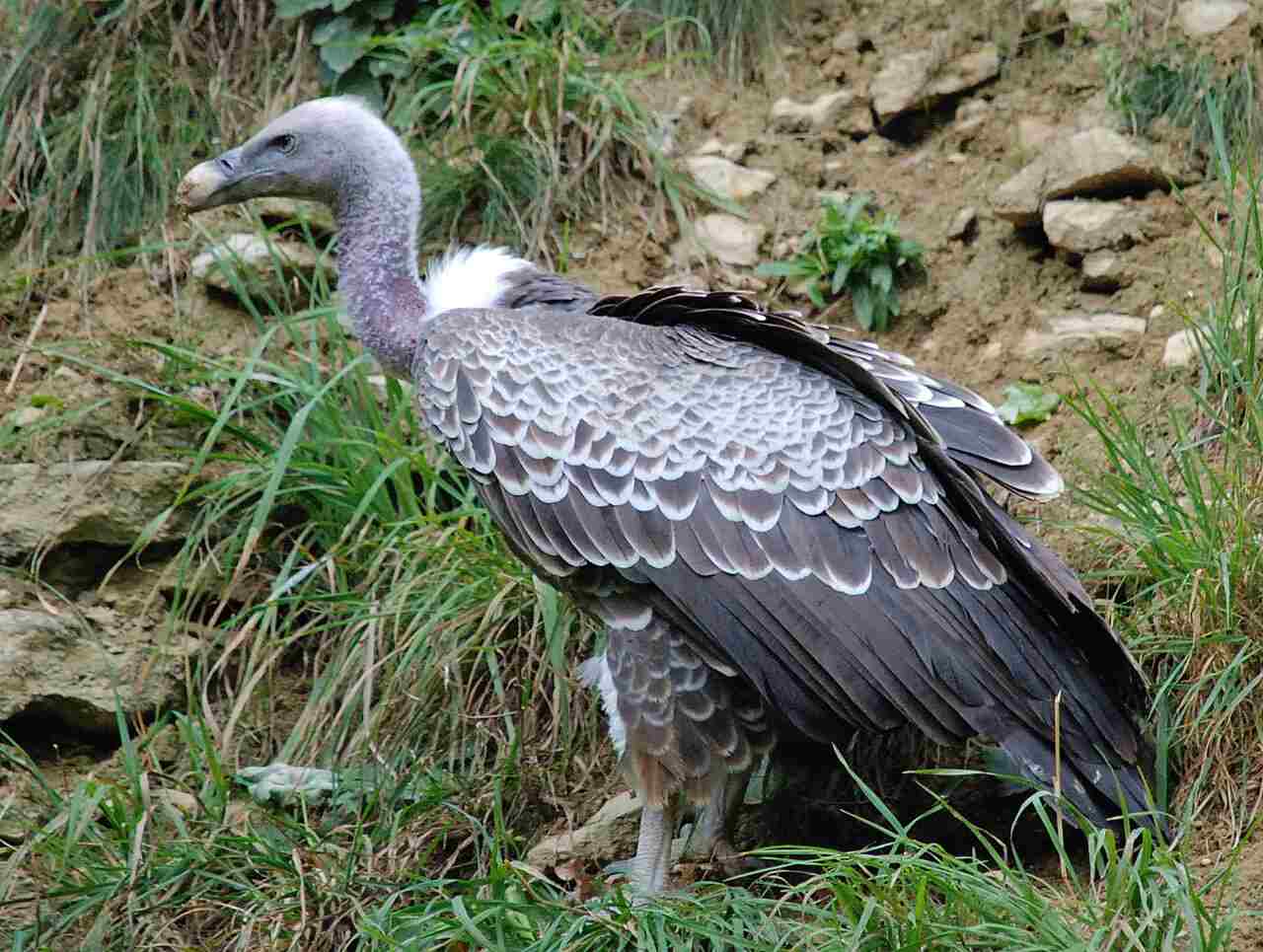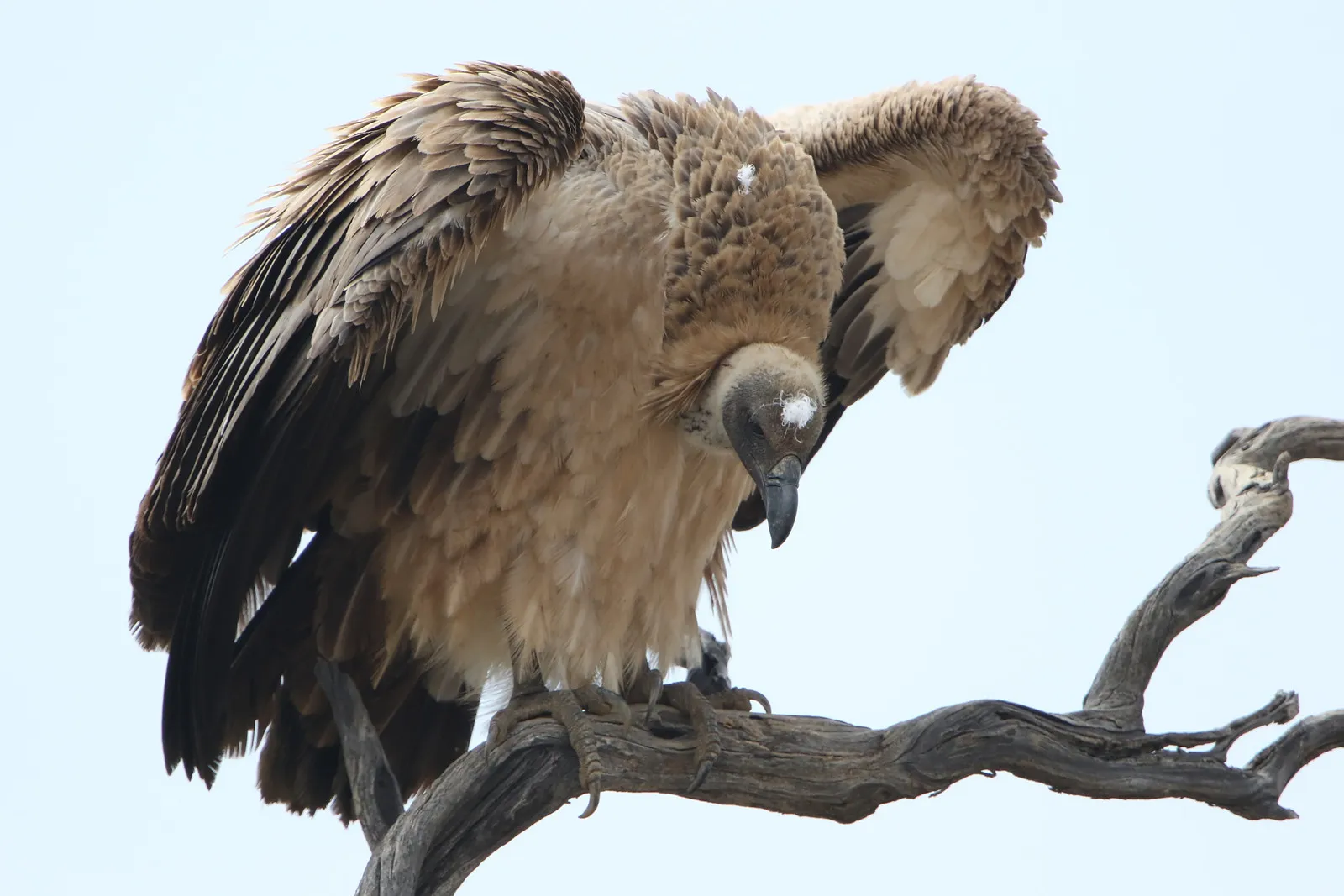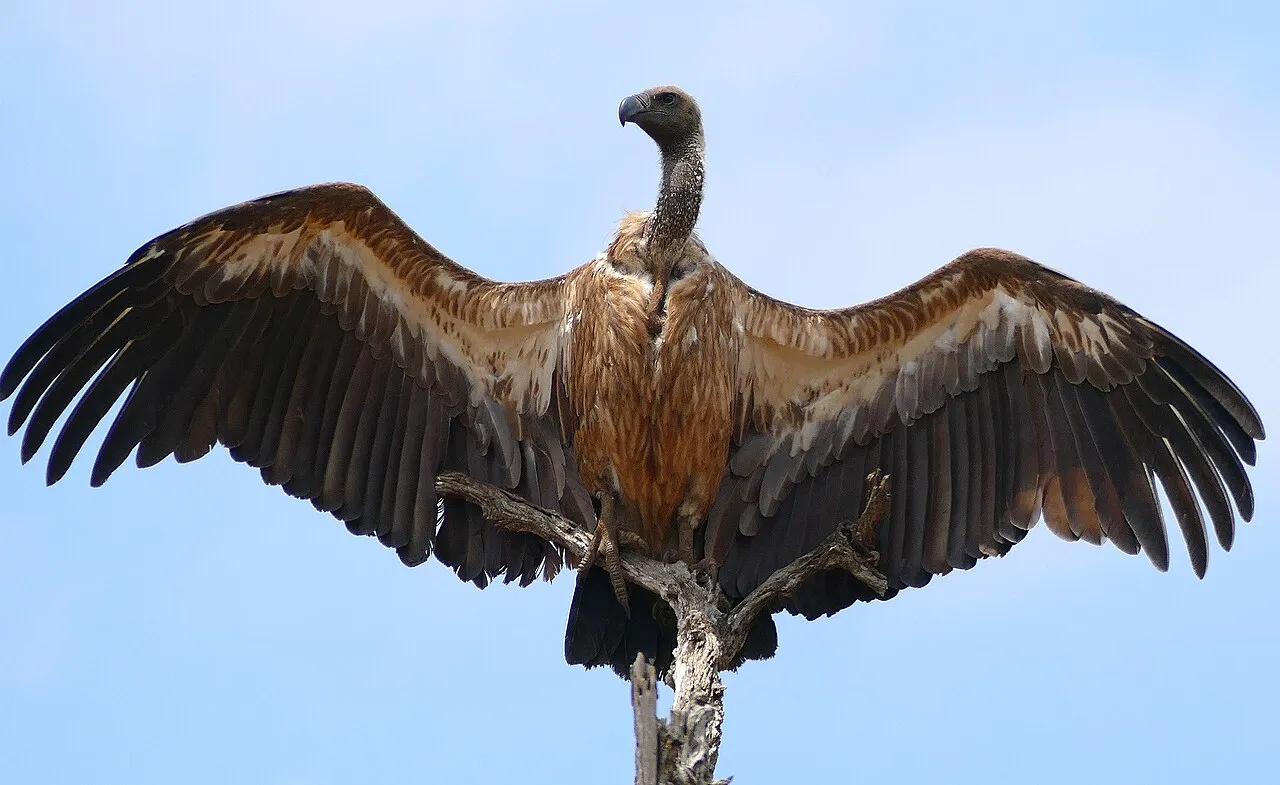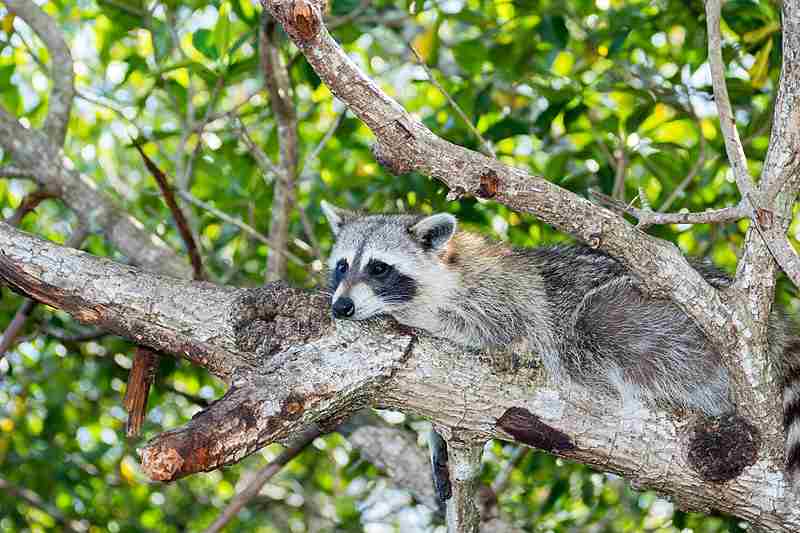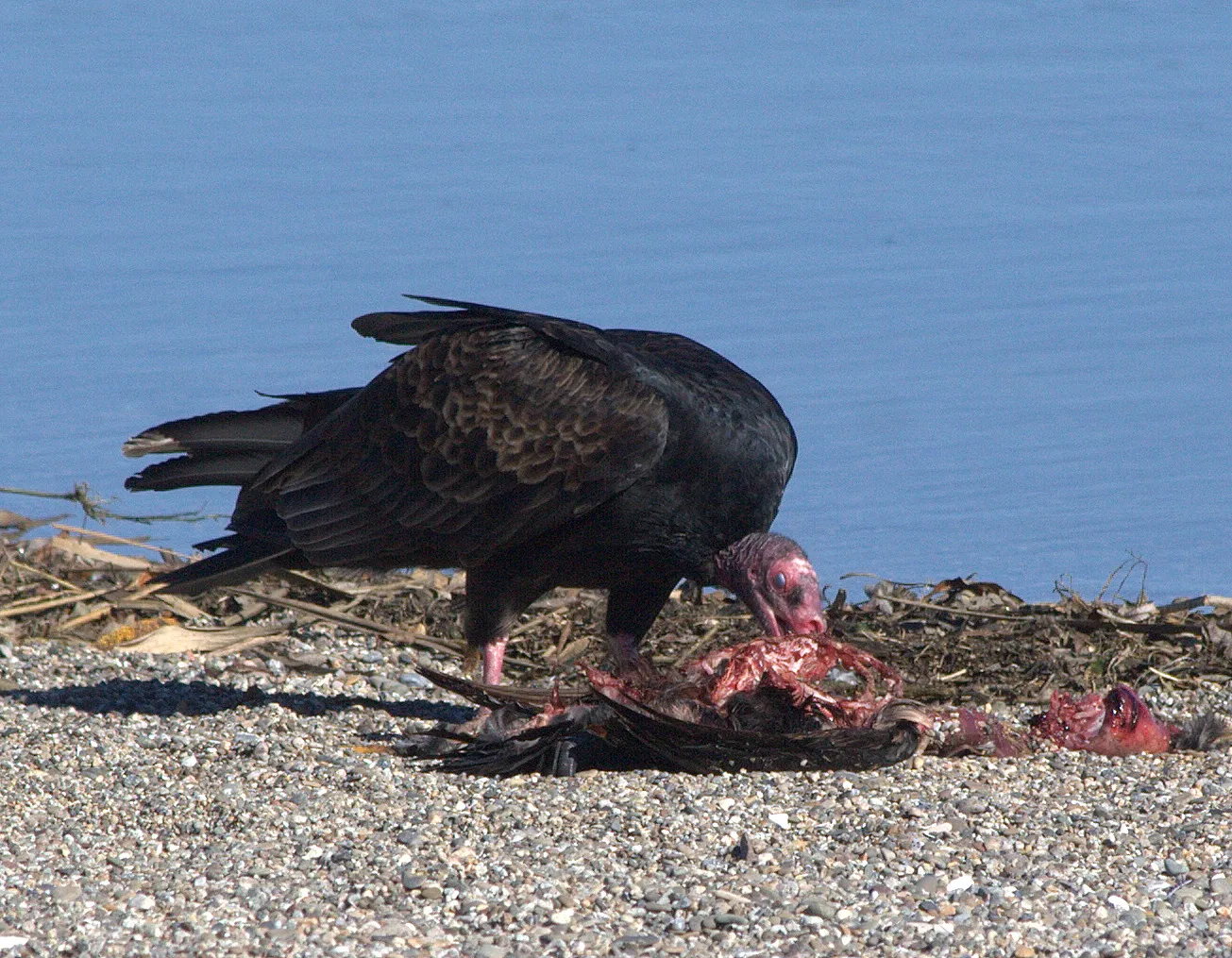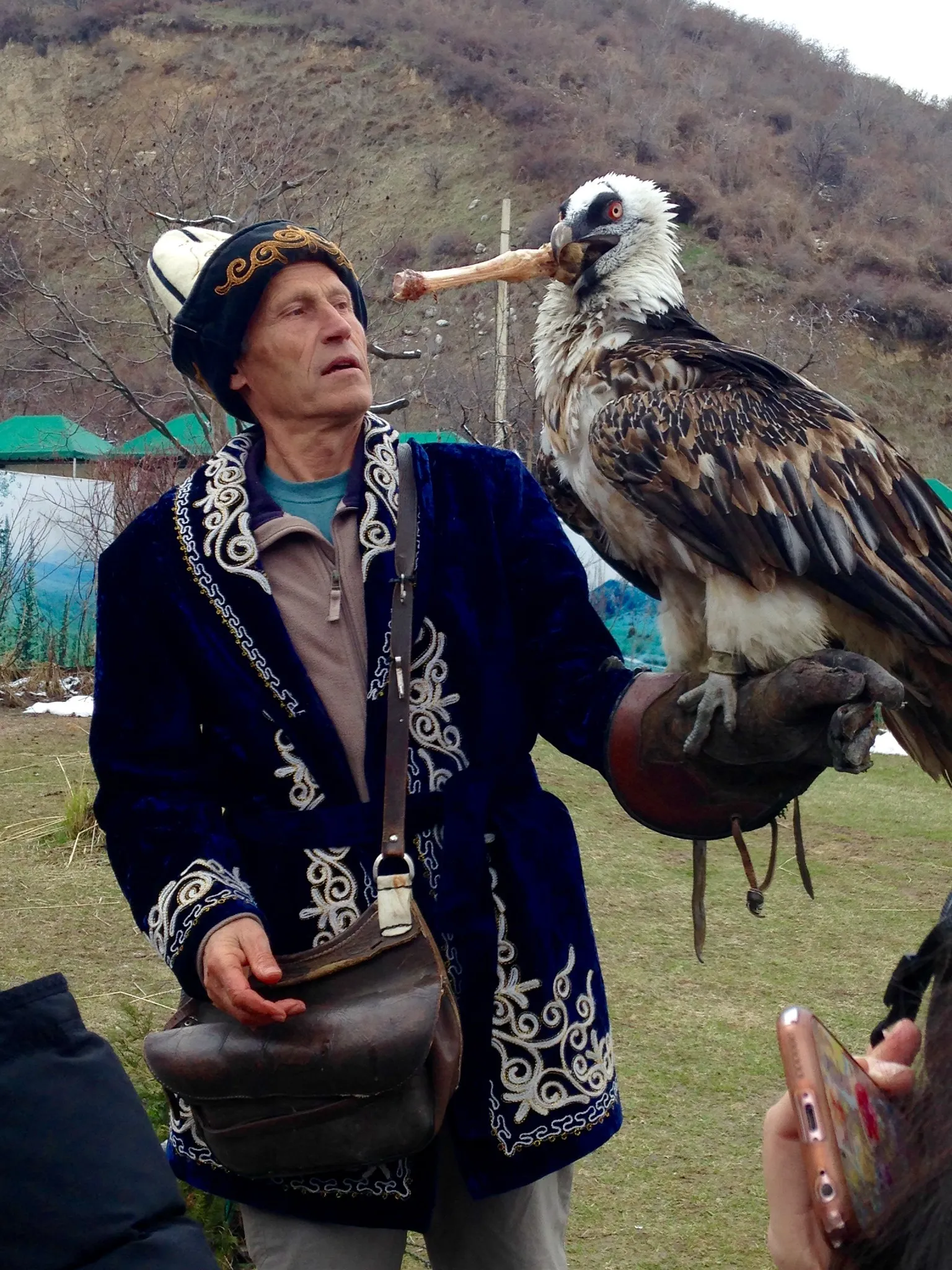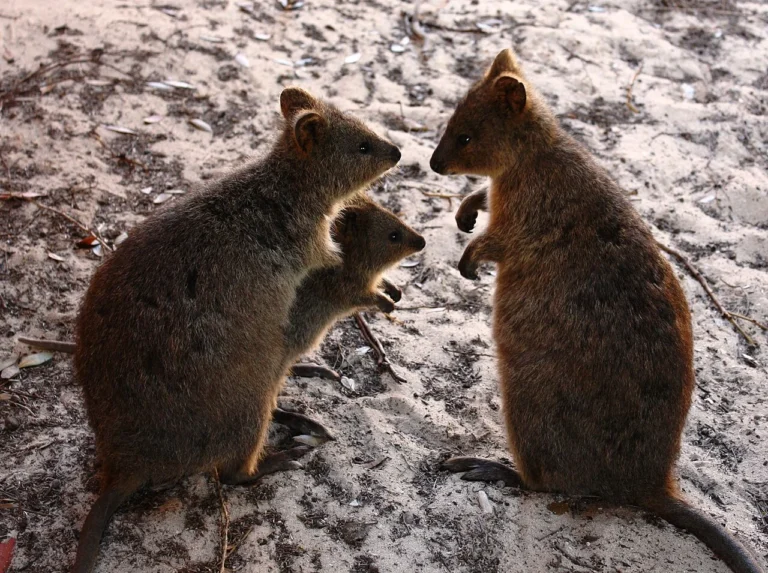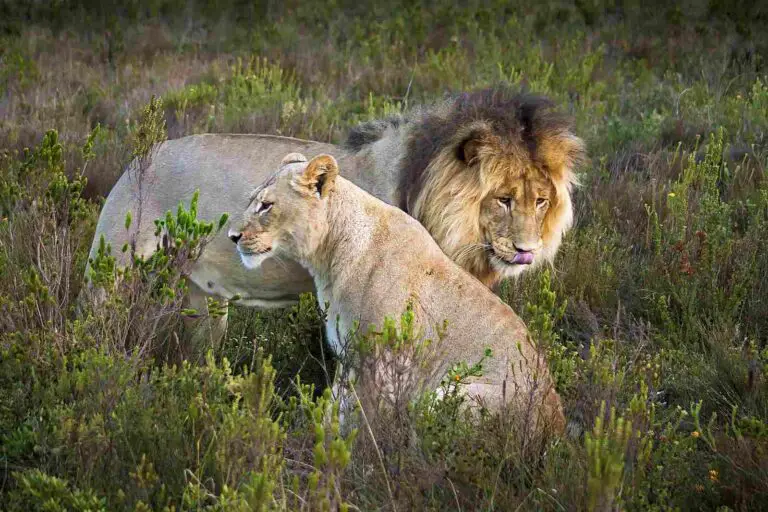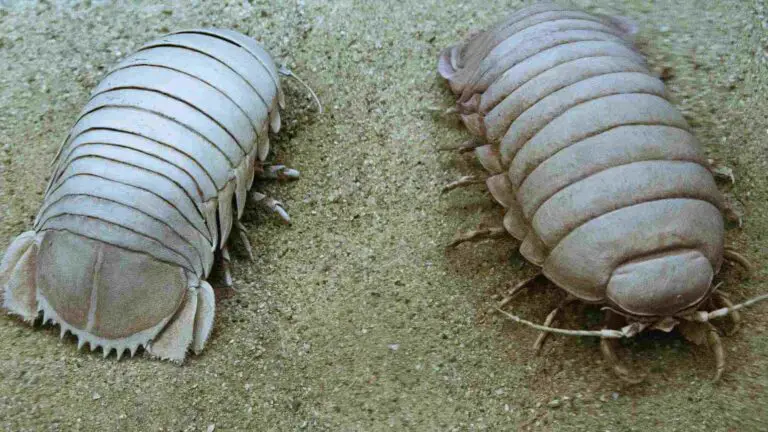Griffon Vultures Facts, Characteristics and Full Description
The griffon vulture (Gyps fulvus) is a large bird of prey with various subspecies, specialized adaptations for scavenging, and a key ecological role as a primary scavenger. Its habitat range spans across several continents, but localized threats such as habitat loss and human-related mortality pose conservation challenges. Despite being listed as “Least Concern” overall, ongoing conservation efforts are necessary to ensure its long-term survival and maintain ecosystem health. Griffon vultures are not suitable for domestication or as pets, emphasizing the importance of preserving their wild populations and habitats.
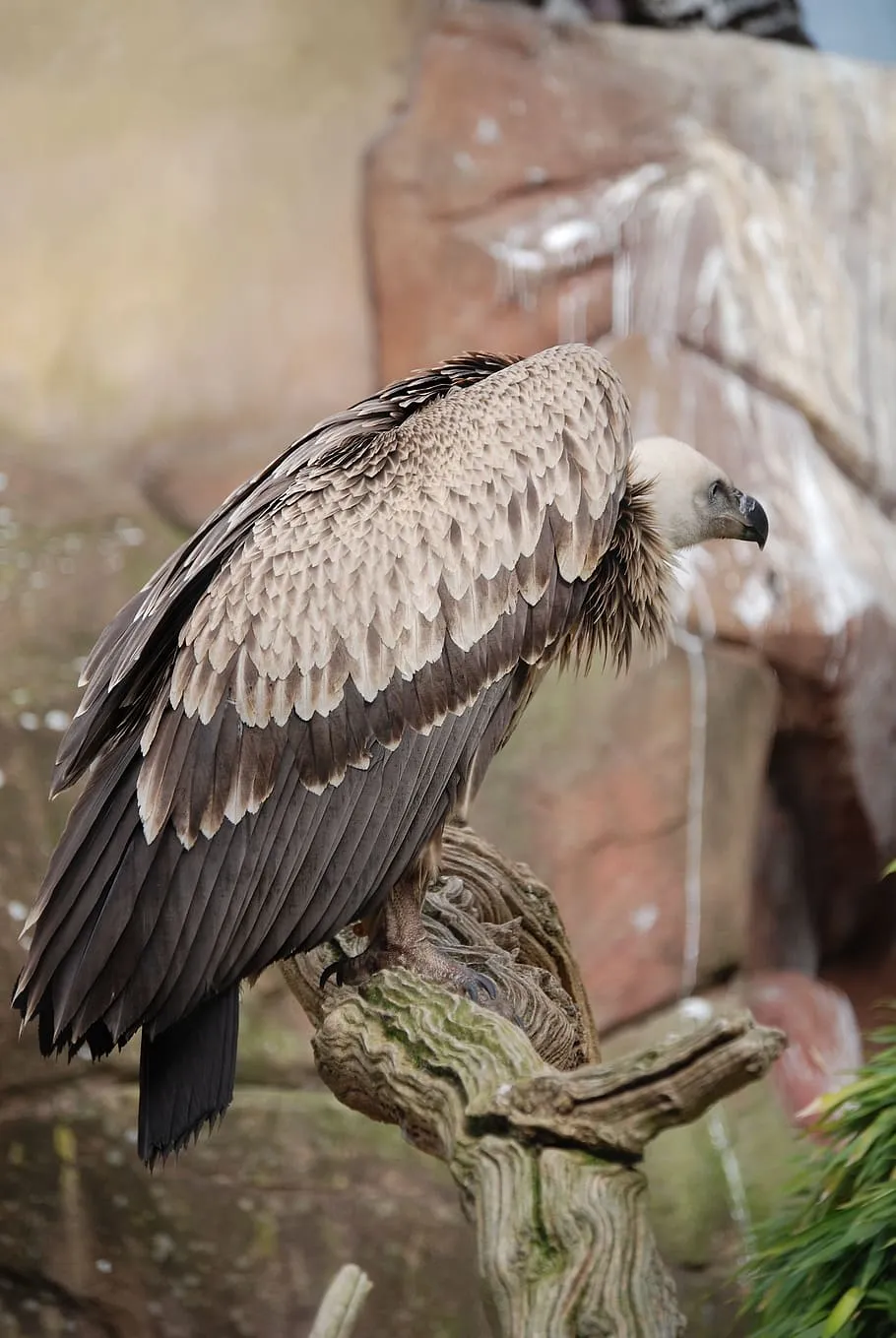
*Facts About Griffon Vultures
| Criteria |
Details, Importance, and Ecological Implications
|
| Scientific Classification |
Kingdom: Animalia Phylum: Chordata Class: Aves Order: Accipitriformes Family: Accipitridae Genus: Gyps Species: Gyps fulvus
|
| Subspecies |
Various subspecies, including Gyps fulvus fulvus, Gyps fulvus fulvescens, Gyps fulvus antiquus, and hybrid subspecies. Provides insights into evolutionary history and conservation strategies. Maintaining genetic diversity and tailored conservation efforts.
|
| Size and Weight |
Wingspan 230-280 cm, body length 93-110 cm, weight 6-11 kg. Facilitates efficient soaring and scavenging. Influences foraging behavior and ecosystem dynamics.
|
| Appearance and Identification |
White head and neck, dark plumage, robust beak. Facilitates easy identification for researchers and conservationists. Influences social interactions and predator-prey dynamics.
|
| Dentition and Bite Force |
No true teeth, sharp beak for tearing flesh. Efficient feeding on carrion. Influences carcass decomposition and nutrient cycling.
|
| Diet |
Obligate scavengers, feed on carrion of various animals. Key role in ecosystem as primary scavengers. Contributes to nutrient recycling and disease control.
|
| Behavior |
Highly social, congregates in groups, relies on soaring flight. Facilitates cooperative foraging and communication. Influences scavenger competition and population dynamics.
|
| Sounds/Vocalization |
Produces grunts, hisses, and squawks for communication. Facilitates social interactions and information sharing. Influences behaviors such as territoriality and mate selection.
|
| Habitat |
Inhabits various open habitats with access to thermals. Provides roosting, nesting, and foraging sites. Habitat loss threatens population viability and ecosystem health.
|
| Geographic Range and Distribution |
Found in southern Europe, northern Africa, Middle East, and parts of Asia. Identifies key areas for conservation and management. Reflects adaptability to diverse environments and prey availability.
|
| Tracks |
Indirect signs of activity such as fecal deposits. Provides information for tracking movements and behavior. Assists in monitoring population health and habitat use.
|
| Reproduction |
Monogamous breeders, nest in colonies on cliffs or trees. Essential for population maintenance and genetic diversity. Influences habitat dynamics and community structure.
|
| Lifespan |
Live up to 20-30 years in the wild, longer in captivity. Affects population dynamics and stability. Longevity impacts resilience to threats and conservation planning.
|
| Major Adaptations |
Keen eyesight, strong sense of smell, specialized digestive system. Enhances foraging success and survival. Contributes to nutrient recycling and disease control.
|
| Conservation Status |
Listed as “Least Concern” but faces localized threats. Requires ongoing conservation efforts. Maintaining ecosystem health and biodiversity.
|
| Domestication and Suitability as a Pet |
Not suitable for domestication or as pets. Ensures welfare and conservation of wild populations. Prevents exploitation and disruption of wild populations.
|
1. Scientific Classification:
Kingdom: Animalia
Phylum: Chordata
Class: Aves
Order: Accipitriformes
Family: Accipitridae
Genus: Gyps
Species: Gyps fulvus
2. Subspecies:
Details: Griffon vultures have several recognized subspecies, including Gyps fulvus fulvus (nominate subspecies), Gyps fulvus fulvescens, Gyps fulvus antiquus, and Gyps fulvus fulvus x Gyps himalayensis (hybrid subspecies).
Importance: Subspecies differentiation can provide insights into the evolutionary history and geographic distribution of the species. It can also aid conservation efforts by identifying unique populations that may require specific conservation measures.
Ecological Implications: Understanding subspecies diversity helps in assessing the overall genetic diversity of the species. Conservation strategies can be tailored to preserve the genetic integrity of each subspecies, which is crucial for maintaining healthy populations in their respective habitats.
3. Size and Weight:
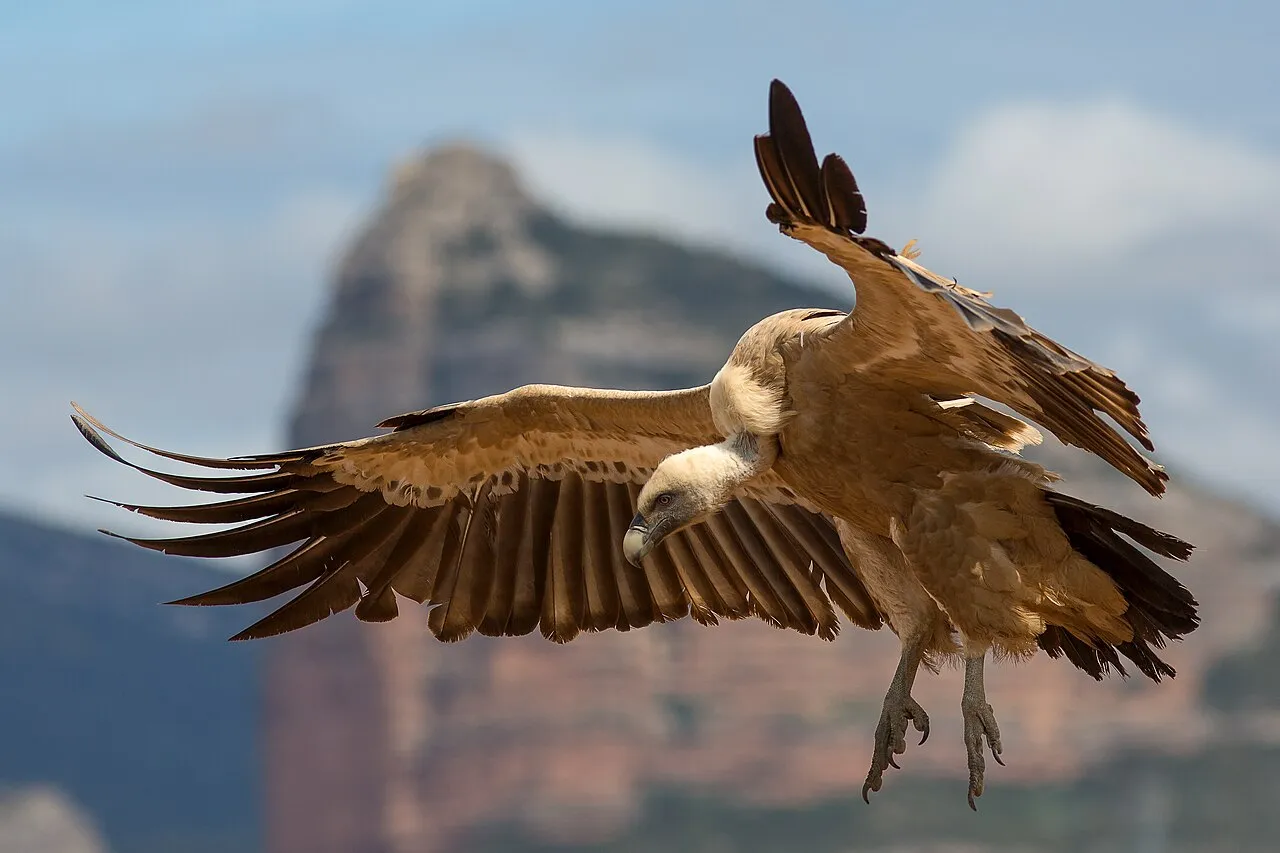
Details: Griffon vultures are large birds with a wingspan ranging from 230 to 280 cm (7.5 to 9.2 feet) and a body length of about 93 to 110 cm (3.05 to 3.61 feet). They typically weigh between 6 and 11 kg (13 to 24 lbs).
Importance: The large size of griffon vultures enables them to efficiently soar and glide over vast areas in search of food. Their size also plays a role in their ecological interactions with other species and their position within the food chain.
Ecological Implications: As scavengers, griffon vultures play a vital role in ecosystem functioning by consuming carrion and preventing the spread of diseases. Their size and feeding habits contribute to nutrient cycling and ecosystem balance, making them integral components of their habitats.
4. Appearance and Identification:
Details: Griffon vultures have a distinctive appearance characterized by a white head and neck, contrasting with dark brown to black plumage on the body. They have a robust, hooked beak, powerful talons, and broad wings for soaring.
Importance: Their unique appearance facilitates easy identification in the wild, aiding researchers, conservationists, and birdwatchers in studying and monitoring their populations.
Ecological Implications: Camouflage and visual cues are important in predator-prey interactions and social communication among vultures. The distinctive appearance of griffon vultures may serve as a signal to conspecifics and other species, influencing behaviors such as territoriality and mate selection.
5. Dentition and Bite Force:
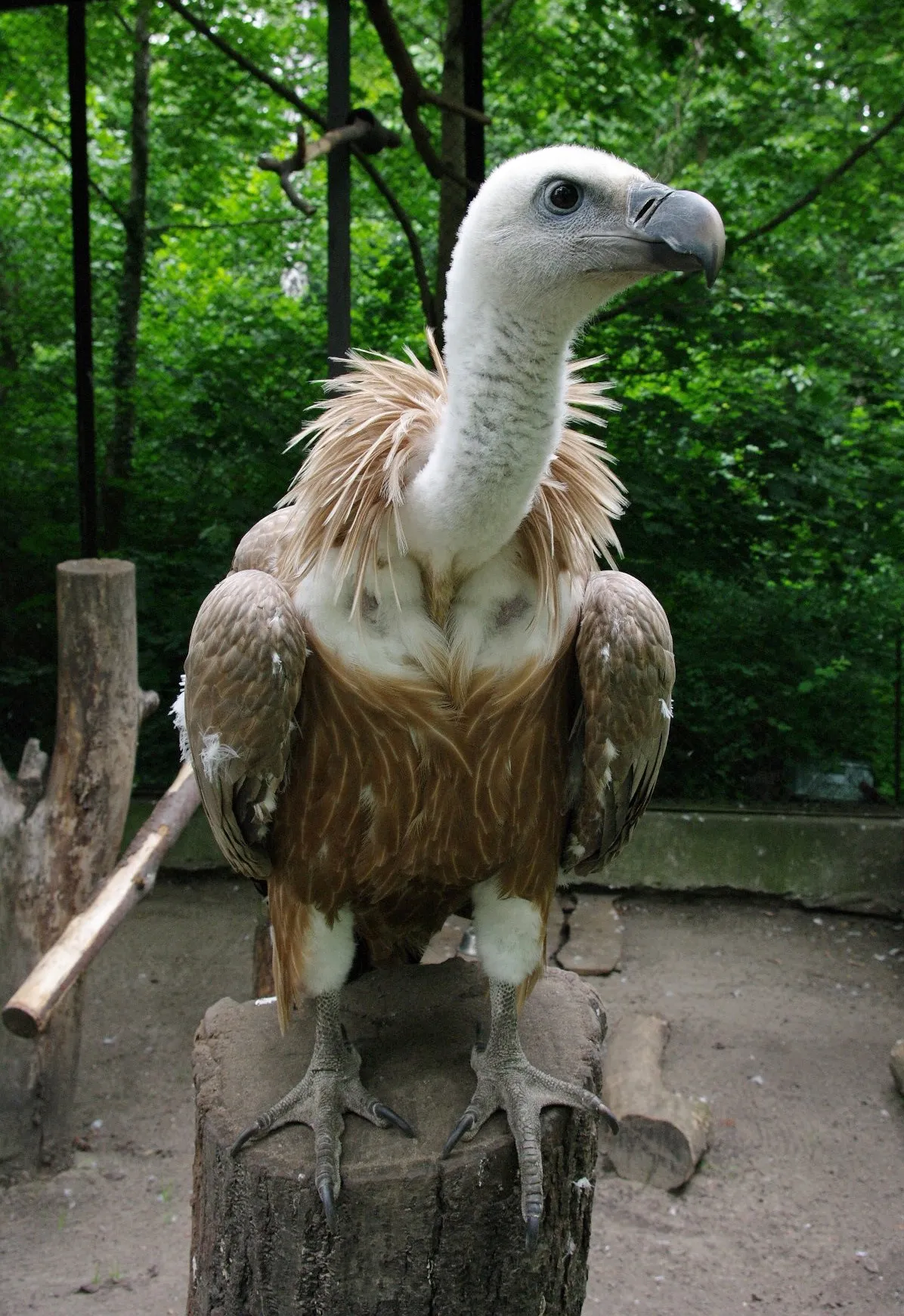
Details: Griffon vultures have a well-developed beak adapted for tearing flesh. They lack true teeth but possess sharp, pointed tomial edges on their beaks for efficient feeding on carrion.
Importance: Their specialized beak morphology allows griffon vultures to access and consume carrion efficiently, contributing to their role as primary scavengers in their ecosystems.
Ecological Implications: The feeding behavior and bite force of griffon vultures influence carrion decomposition rates and nutrient recycling in their habitats. By efficiently consuming carcasses, they help prevent the spread of diseases and maintain ecosystem health.
6. Diet:
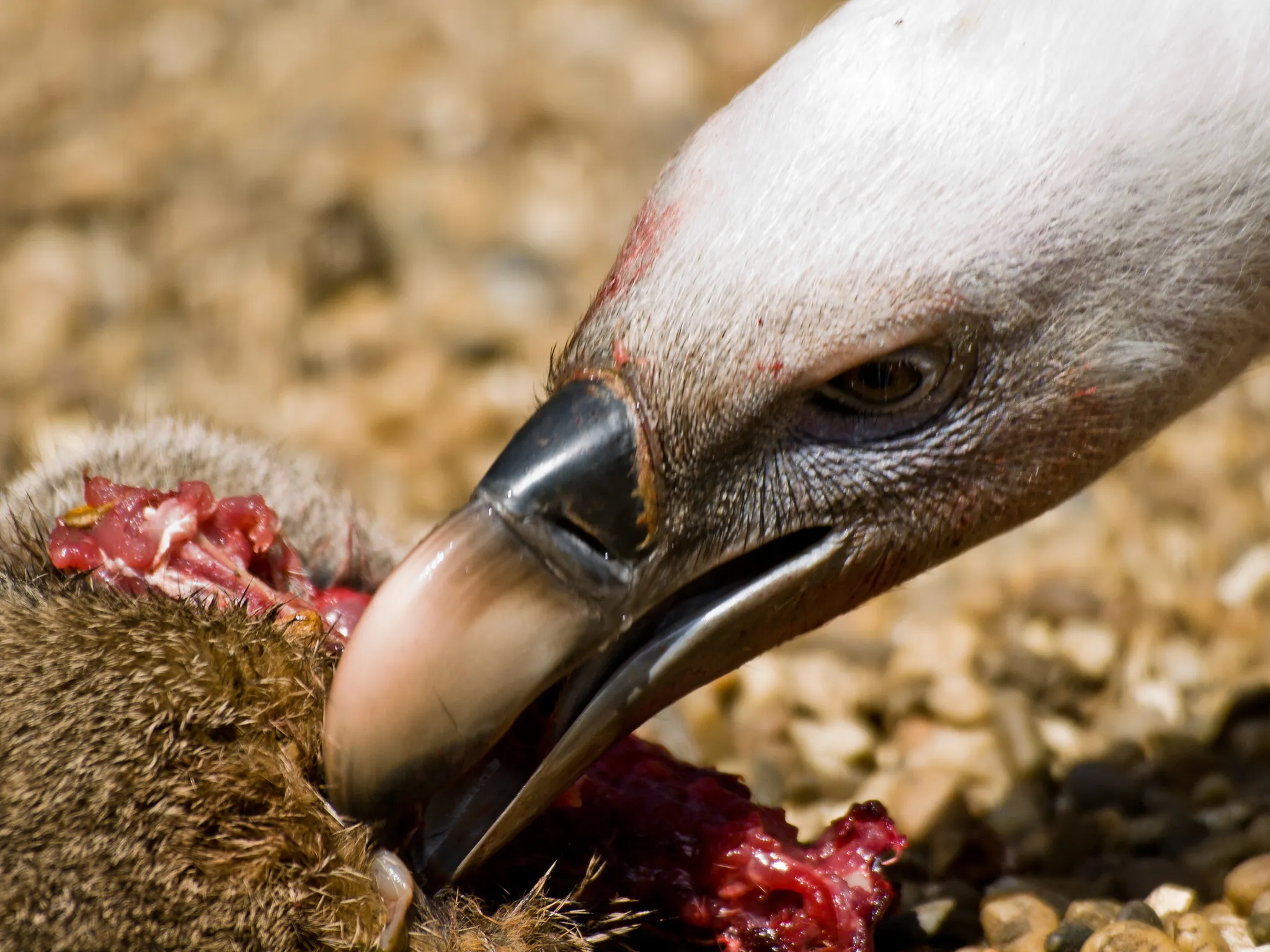
Details: Griffon vultures are obligate scavengers, primarily feeding on carrion. They are known to consume the carcasses of large mammals such as cattle, deer, and sheep, as well as smaller animals like rodents and birds.
Importance: As scavengers, griffon vultures play a crucial role in ecosystem health by recycling nutrients from dead animals, thus reducing the spread of diseases and helping maintain clean environments.
Ecological Implications: Their diet contributes to the efficient removal of animal carcasses, which helps prevent the buildup of potentially disease-causing organisms and maintains the balance of nutrient cycles within their habitats.
7. Behavior:
Details: Griffon vultures are highly social birds that often congregate in large groups, known as wakes or committees, particularly at feeding sites and roosting areas. They rely on soaring flight to cover large distances in search of food.
Importance: Social behavior facilitates cooperative foraging, information sharing about food sources, and defense against predators. It also plays a role in mate selection and breeding success.
Ecological Implications: Group feeding behavior can have cascading effects on local ecosystems by influencing scavenger competition, carcass utilization rates, and nutrient cycling dynamics. Additionally, social interactions among vultures may affect population dynamics and genetic diversity.
8. Sounds/Vocalization:
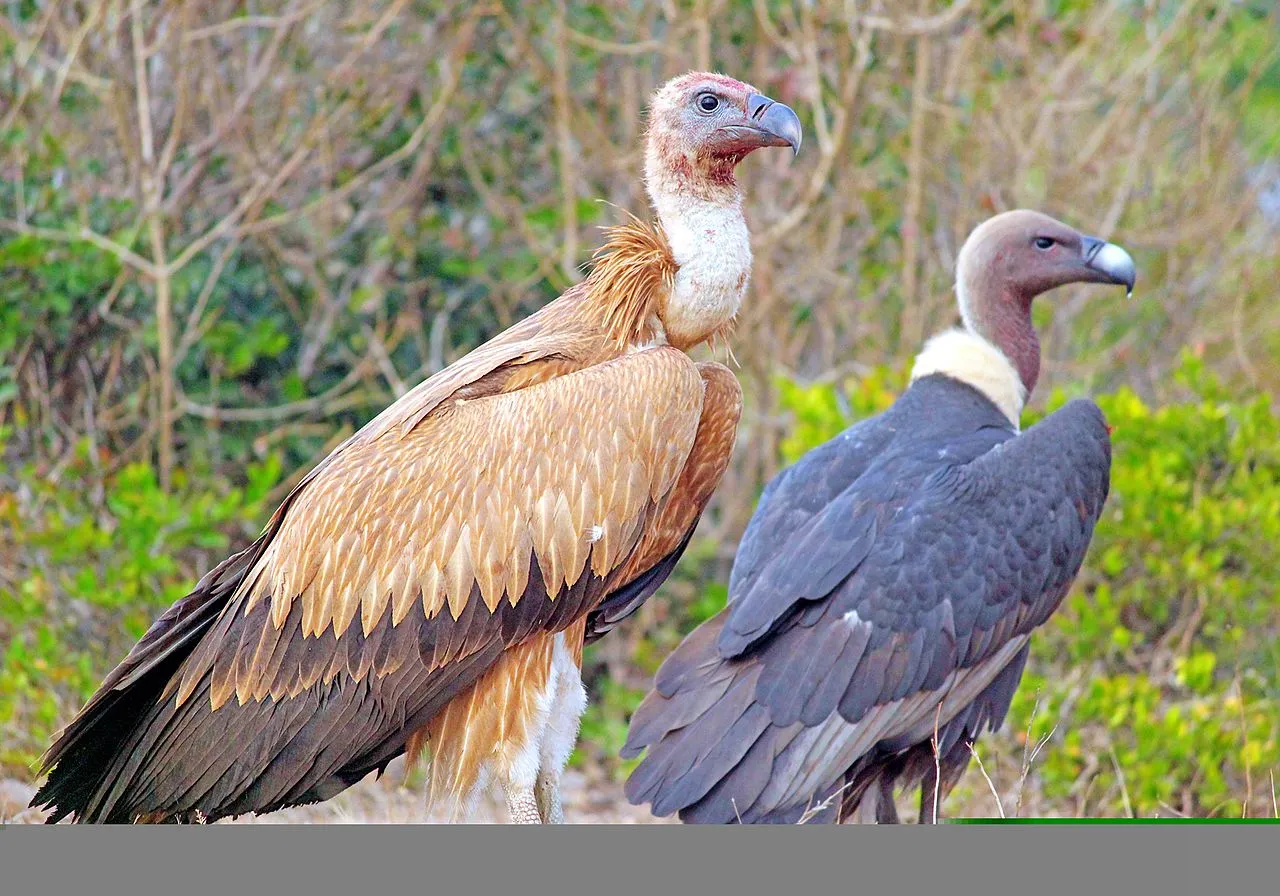
Details: Griffon vultures produce various vocalizations, including grunts, hisses, and squawks. These vocalizations are used for communication within flocks, during courtship displays, and to assert dominance.
Importance: Vocalizations serve as important forms of communication among griffon vultures, facilitating coordination during group activities, signaling danger or food availability, and maintaining social bonds within flocks.
Ecological Implications: Auditory cues are essential for intra- and inter-specific communication among vultures and other organisms in their environment. Vocalizations may influence behaviors such as territoriality, mate attraction, and group cohesion, thus impacting ecosystem dynamics.
9. Habitat:
Details: Griffon vultures inhabit a variety of open habitats, including mountainous regions, coastal cliffs, grasslands, and scrublands. They prefer areas with access to thermals and updrafts, which aid in their soaring flight.
Importance: Suitable habitat provides griffon vultures with roosting sites, nesting cliffs, and foraging areas rich in carrion. Habitat availability and quality directly impact the distribution and abundance of vulture populations.
Ecological Implications: Habitat loss and degradation due to human activities, such as urbanization, agriculture, and infrastructure development, can negatively affect griffon vultures by reducing their access to food, nesting sites, and safe roosting locations. Conservation efforts focus on preserving and restoring critical vulture habitats to ensure their long-term survival.
10. Geographic Range and Distribution:

Details: Griffon vultures have a wide geographic range, spanning across southern Europe, northern Africa, the Middle East, and parts of Asia. They are found in countries such as Spain, France, Portugal, Greece, Turkey, Morocco, Israel, and Iran.
Importance: Understanding the distribution of griffon vultures helps conservationists identify key areas for protection and management efforts. It also provides insights into their ecological role and interactions with other species within different ecosystems.
Ecological Implications: The presence of griffon vultures in diverse habitats reflects their adaptability to various environmental conditions and prey availability. Changes in their distribution patterns may signal shifts in ecosystem dynamics or habitat suitability, highlighting the need for adaptive conservation strategies.
11. Tracks:
Details: Griffon vultures do not leave distinct tracks like terrestrial animals due to their predominantly aerial lifestyle. However, their presence can be inferred from signs such as accumulated feces near roosting sites or feeding areas.
Importance: Although griffon vultures do not leave tracks in the traditional sense, indirect signs of their activity, such as fecal deposits or feeding remains, can provide valuable information for tracking their movements and behavior.
Ecological Implications: Monitoring signs of vulture activity can aid in assessing population health, habitat use, and resource availability. Conservation efforts often rely on such indirect indicators to evaluate the status of vulture populations and identify conservation priorities.
12. Reproduction:
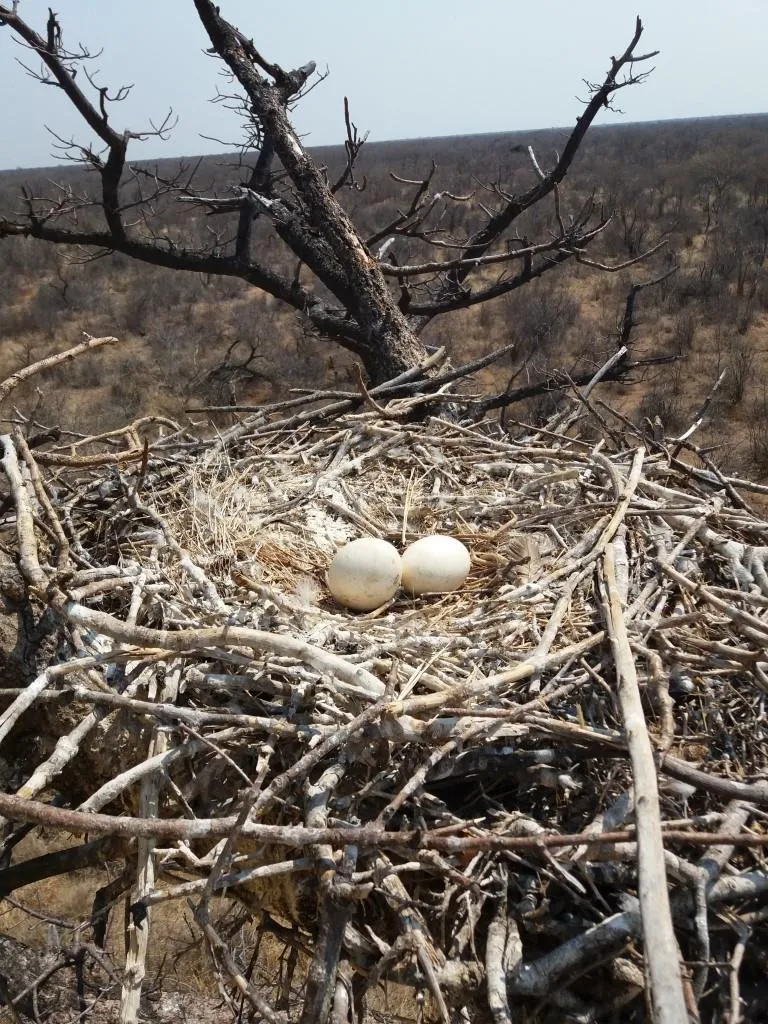
Details: Griffon vultures are monogamous breeders, forming long-term pair bonds. Breeding typically occurs in large colonies or colonies consisting of several pairs nesting in close proximity. They construct nests on cliffs, ledges, or in trees using sticks, twigs, and other vegetation.
Importance: Reproduction is crucial for maintaining griffon vulture populations and ensuring their long-term viability. Understanding their breeding biology, nesting habits, and reproductive success is essential for conservation planning and population management.
Ecological Implications: Successful reproduction contributes to population growth and genetic diversity within griffon vulture populations. Breeding behavior and nest site selection can also influence habitat dynamics and community structure in their nesting areas.
13. Lifespan:
Details: Griffon vultures have a relatively long lifespan compared to many other bird species, with individuals typically living up to 20-30 years in the wild. However, captive individuals may live even longer, with some reaching 40 years or more.
Importance: Lifespan directly impacts population dynamics, recruitment rates, and overall population stability. Longer lifespans provide individuals with more opportunities for breeding, contributing to population growth and genetic diversity.
Ecological Implications: Longevity influences the resilience of griffon vulture populations to environmental changes, disease outbreaks, and other threats. Monitoring survival rates and age structure within populations is crucial for assessing population health and implementing effective conservation measures.
14. Major Adaptations:
Details: Griffon vultures have several key adaptations that enable them to thrive as scavengers in their environments. These include keen eyesight for locating carrion from great distances, a strong sense of smell to detect decaying flesh, and specialized digestive systems capable of processing pathogens present in carrion.
Importance: These adaptations are essential for griffon vultures to efficiently exploit carrion as a food source and fulfill their ecological role as primary scavengers. They enhance the vultures’ foraging success, survival, and reproductive success.
Ecological Implications: The adaptations of griffon vultures influence their interactions with other scavengers, predators, and prey species within ecosystems. They contribute to nutrient recycling, disease control, and ecosystem stability, highlighting the ecological significance of these adaptations.
15. Conservation Status:
Details: Griffon vultures are listed as “Least Concern” on the International Union for Conservation of Nature (IUCN) Red List of Threatened Species. However, certain populations may face localized threats due to habitat loss, poisoning, collision with power lines, and reduced availability of carrion.
Importance: Despite their overall stable population status, ongoing conservation efforts are necessary to address specific threats and ensure the long-term survival of griffon vultures. Conservation measures focus on habitat protection, mitigating human-related mortality, and raising awareness about the importance of vulture conservation.
Ecological Implications: Griffon vultures play a crucial role in maintaining ecosystem health and functioning. Therefore, ensuring their conservation not only benefits the vultures themselves but also contributes to the preservation of biodiversity, ecosystem services, and human well-being.
16. Domestication and Suitability as a Pet:
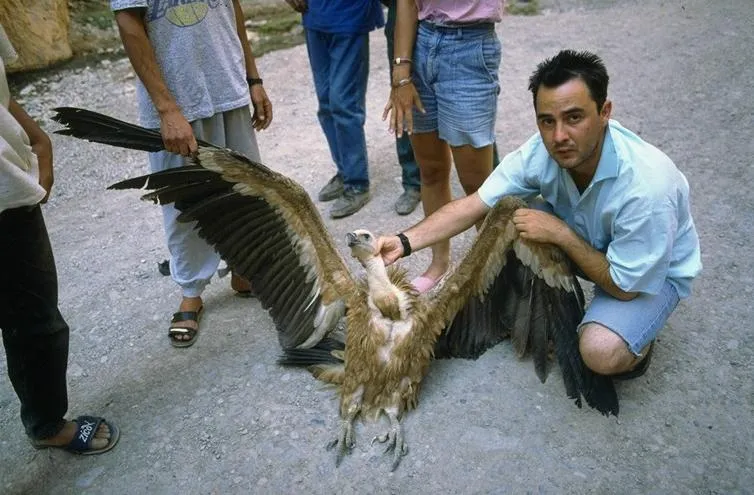
Details: Griffon vultures are wild birds and are not suitable for domestication or as pets. They have specialized dietary and environmental requirements that cannot be adequately met in a domestic setting. Additionally, keeping wild birds as pets is often illegal and unethical.
Importance: Griffon vultures are wild animals adapted to specific ecological niches, and attempts to domesticate them would be detrimental to their welfare and conservation. Keeping them as pets deprives them of their natural behaviors, social interactions, and habitat requirements.
Ecological Implications: Encouraging the illegal trade or keeping of griffon vultures as pets can contribute to population declines, disrupt wild populations, and undermine conservation efforts. Conservation education and enforcement of wildlife protection laws are essential for preventing the illegal trade and exploitation of vultures.
*Summary of Information On Griffon Vultures
Scientific Classification:
Kingdom: Animalia
Phylum: Chordata
Class: Aves
Order: Accipitriformes
Family: Accipitridae
Genus: Gyps
Species: Gyps fulvus
Subspecies:
Details: Various subspecies, including Gyps fulvus fulvus, Gyps fulvus fulvescens, Gyps fulvus antiquus, and hybrid subspecies.
Importance: Provides insights into evolutionary history and conservation strategies.
Ecological Implications: Maintaining genetic diversity and tailored conservation efforts.
Size and Weight:
Details: Wingspan 230-280 cm, body length 93-110 cm, weight 6-11 kg.
Importance: Facilitates efficient soaring and scavenging.
Ecological Implications: Influences foraging behavior and ecosystem dynamics.
Appearance and Identification:
Details: White head and neck, dark plumage, robust beak.
Importance: Facilitates easy identification for researchers and conservationists.
Ecological Implications: Influences social interactions and predator-prey dynamics.
Dentition and Bite Force:
Details: No true teeth, sharp beak for tearing flesh.
Importance: Efficient feeding on carrion.
Ecological Implications: Influences carcass decomposition and nutrient cycling.
Diet:
Details: Obligate scavengers, feed on carrion of various animals.
Importance: Key role in ecosystem as primary scavengers.
Ecological Implications: Contributes to nutrient recycling and disease control.
Behavior:
Details: Highly social, congregates in groups, relies on soaring flight.
Importance: Facilitates cooperative foraging and communication.
Ecological Implications: Influences scavenger competition and population dynamics.
Sounds/Vocalization:
Details: Produces grunts, hisses, and squawks for communication.
Importance: Facilitates social interactions and information sharing.
Ecological Implications: Influences behaviors such as territoriality and mate selection.
Habitat:
Details: Inhabits various open habitats with access to thermals.
Importance: Provides roosting, nesting, and foraging sites.
Ecological Implications: Habitat loss threatens population viability and ecosystem health.
Geographic Range and Distribution:
Details: Found in southern Europe, northern Africa, Middle East, and parts of Asia.
Importance: Identifies key areas for conservation and management.
Ecological Implications: Reflects adaptability to diverse environments and prey availability.
Tracks:
Details: Indirect signs of activity such as fecal deposits.
Importance: Provides information for tracking movements and behavior.
Ecological Implications: Assists in monitoring population health and habitat use.
Reproduction:
Details: Monogamous breeders, nest in colonies on cliffs or trees.
Importance: Essential for population maintenance and genetic diversity.
Ecological Implications: Influences habitat dynamics and community structure.
Lifespan:
Details: Live up to 20-30 years in the wild, longer in captivity.
Importance: Affects population dynamics and stability.
Ecological Implications: Longevity impacts resilience to threats and conservation planning.
Major Adaptations:
Details: Keen eyesight, strong sense of smell, specialized digestive system.
Importance: Enhances foraging success and survival.
Ecological Implications: Contributes to nutrient recycling and disease control.
Conservation Status:
Details: Listed as “Least Concern” but faces localized threats.
Importance: Requires ongoing conservation efforts.
Ecological Implications: Maintaining ecosystem health and biodiversity.
Domestication and Suitability as a Pet:
Details: Not suitable for domestication or as pets.
Importance: Ensures welfare and conservation of wild populations.
Ecological Implications: Prevents exploitation and disruption of wild populations.
